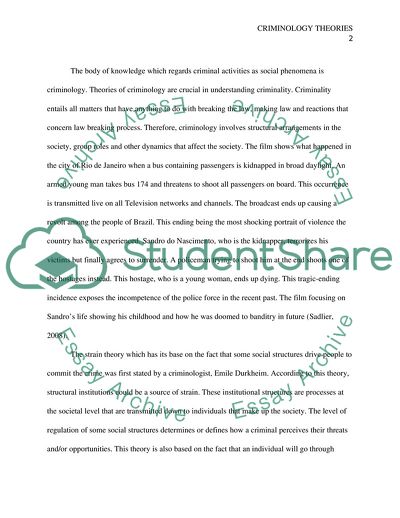Cite this document
(Criminology Theories Essay Example | Topics and Well Written Essays - 1500 words, n.d.)
Criminology Theories Essay Example | Topics and Well Written Essays - 1500 words. https://studentshare.org/sociology/1761918-criminology-theories
Criminology Theories Essay Example | Topics and Well Written Essays - 1500 words. https://studentshare.org/sociology/1761918-criminology-theories
(Criminology Theories Essay Example | Topics and Well Written Essays - 1500 Words)
Criminology Theories Essay Example | Topics and Well Written Essays - 1500 Words. https://studentshare.org/sociology/1761918-criminology-theories.
Criminology Theories Essay Example | Topics and Well Written Essays - 1500 Words. https://studentshare.org/sociology/1761918-criminology-theories.
“Criminology Theories Essay Example | Topics and Well Written Essays - 1500 Words”. https://studentshare.org/sociology/1761918-criminology-theories.


